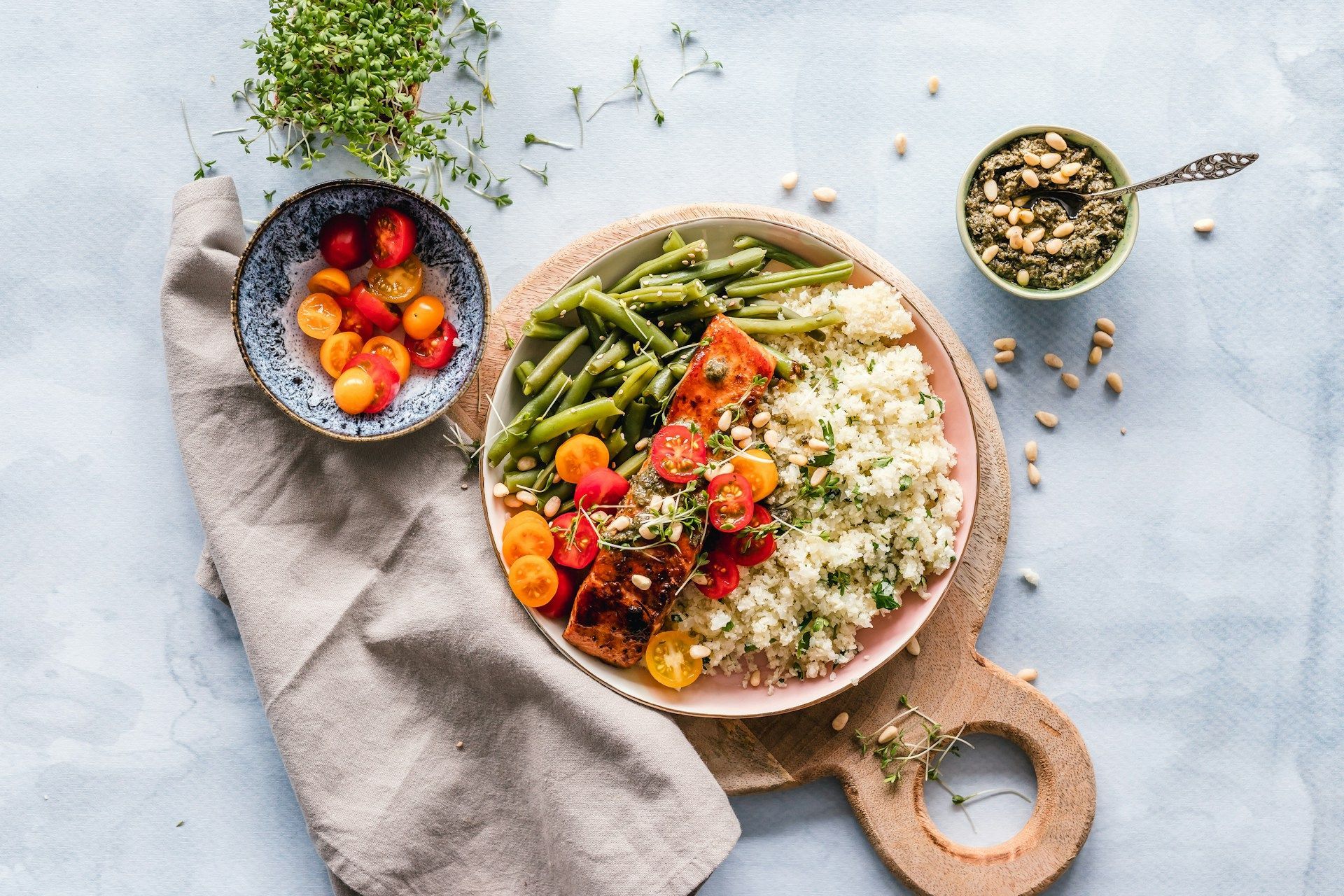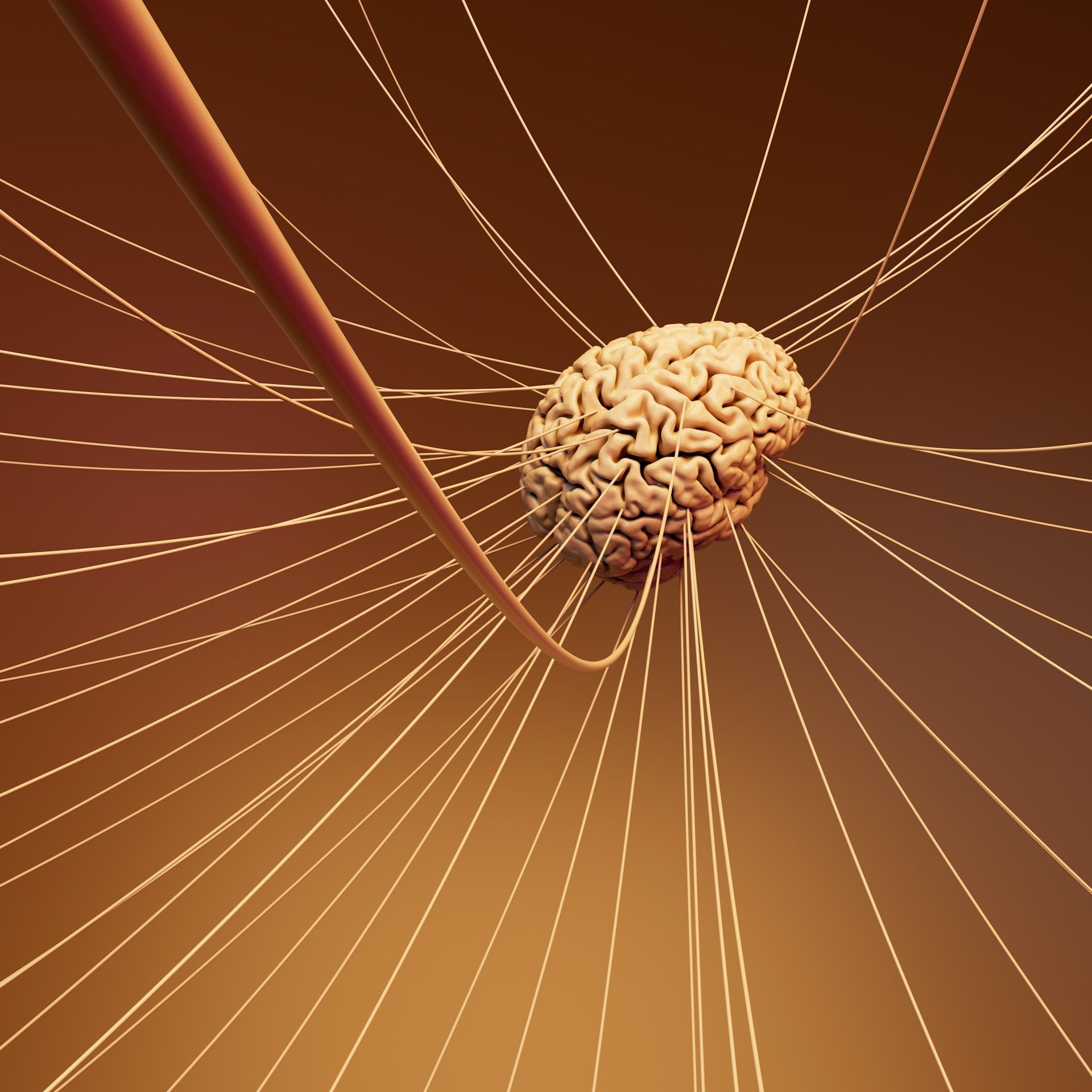Stealth Mindfulness: 4 Sneaky Times to Squeeze in Your Practice
Practicing mindfulness need not mean adding to your to-do list
Does it sometimes seem like you’d lack time to breathe if it wasn’t an automatic function, let alone think? You aren’t alone if you scoff at the idea of squeezing one more thing into your schedule. Modern life, unfortunately, leaves little time for mindfulness — but what if you could get your fix without a single change to your daily routine?
You can. Here are four stealth ways to squeeze in mindfulness practice without making it another chore on your to-do list. Trying them might even make your daily life happier.
1. Mindfulness of Waiting
You make a mad dash into the store on your way to work. Unfortunately, there’s a line at the only open register. The individual in front of you laboriously pages through a veritable atlas of coupons before pulling out their checkbook — checkbook! — while you silently fume. However, will getting anxious or even angry speed up the transaction?
You can’t control some external circumstances, no matter what you do. What you can manage is your response and emotions to them.
The reality is, you have a few minutes to wait. Put them to good use instead of wrecking your mood and mindset by getting angry and carrying that negative feeling forward into the rest of your day. Instead, look at your circumstances as a positive — you have the perfect opportunity to squeeze in mindfulness practice. Here are three exercises to try:
The Alphabet Name Game: You may have played some variation of this game on road trips, but it works just as well in the checkout lane. There are also several variations. Starting with the letter A, challenge yourself to find at least one item within eyesight beginning with the first letter of the alphabet. If you want to add a twist, list multiple items until you run out of “A” before proceeding to B.- The Grand Grocery Remodel: How does the atmosphere of your favorite grocery store impact you? Tune into your senses. Is the lighting too bright or just right? The music? The other aesthetics? What improvements would you make if you designed the store?
- The Story of Random Strangers: While you don’t want to be rude and stare, it’s not hard to catch a glimpse of what’s in other shopper’s baskets. What can you discern about their lives, based on what you see?
2. Mindfulness of Commuting
Your car is another place where you spend considerable time waiting. Yelling at bad drivers may feel cathartic but can be downright dangerous when tempers flare. All the screaming in the world won’t clear that traffic jam up any faster, so use this opportunity to squeeze in mindfulness practice. Here’s how:
If behind the wheel: You need to remain observant — but that’s the perfect chance to tune into what’s happening in your immediate present. Do so by counting cars. Observe the make, model and color of the vehicles around you. As a bonus, you’ll be a far more useful eyewitness should a fender bender occur.- If commuting by bus, train, rideshare, etc: Hello, guided meditation. Now’s the perfect time to don your earbuds or headphones. The brighter and larger they are, the clearer “do not disturb” message you send to other passengers — although you may wish to keep your eyes open to maintain situational awareness. Practice your soft gaze, as slightly lidded eyes encourage introspection while keeping you alert to nearby goings on.
3. Mindfulness of Eating
By now, you might have heard of the mindful chocolate exercise, but there are nearly countless ways to practice mindfulness while you eat. Doing so could make a bigger difference in your overall health than a shelf of diet books. Research suggests that those who eat mindfully carry fewer excess pounds while enjoying better diet quality. Here are three ways to do so — even if it’s a microwave Ramen night:
Single ingredient focus: The ingredient can be one in the recipe or an extra you add. Observe the taste, color and texture of your food before adding it, then after. How does it change? You can even experiment with technique. Do you prefer adding the flavoring packet directly to the noodles after they cook, like a spice, or making them into a broth?- Perfect pairings: It’s not only wine that can complement a meal. Can you tame that too-hot salsa by adding diced sweet peppers, maybe cucumbers? If your food is slightly too hot, sour, salty or sweet, what can you pair with it to adjust the overall taste for your palette?
- Timing is everything: How do you know when those scrambled eggs have reached the perfect consistency? When your pasta is al dente? Tune into the sensory clues that alert you “it’s ready to eat.”
4. Mindfulness of Transitions
While everyone knows moving is stressful, even smaller changes, such as shifting from one activity to another, can create tension. Neurodiverse individuals often feel the change more acutely — I know, I am one — but mindfulness during these shifts can help. It can also improve your mood and mindset. Here’s how:
Work your interoception: While you might have learned about the five senses in school, many scientists argue that humans have many more. Interoception is your perception of feelings arising from inside your body. Take a minute or two — you might set a timer — and check in with what’s going on in your physical self. Are your teeth clenched? Your shoulders scrunched? Do you feel queasy in the belly? Acknowledge and validate these sensations without judging them or attaching them to any external event. The non-attachment is a key element. “Oh! I have some butterflies. Interesting” is much different from “I always throw up before parties.” The latter creates an unconscious expectation that you will always vomit, while the former simply acknowledges the reality of this present moment.- Check in with the Big 5 (plus 1): Even if humans have additional senses, most are familiar with the five basics, and you can use them to ground yourself in the here and now. Stopping to list five things you can see, four you can touch, three you can hear, two you can smell and one you can taste is a well-known grounding exercise among psychologists.
The “Plus 1” is a twist I added, as anxiety is my biggest mental bugbear. I don’t know how much is trauma and how much is autism, but I know from mindfully tuning in that transitions make me feel inherently unsafe. After doing a quick 5, 4, 3, 2, 1, my question to myself becomes, “What’s making me feel unsafe
right now? After all, if there were an immediate threat, my legs would already be running for the door. I’d be reacting to danger, not thinking about it.
Often, the answer to what’s making me feel unsafe is simply the transition itself, with all its associated uncertainty. My question then becomes, “What can I do right now to make myself feel more safe?” The answer could be anything from looking at a picture of my cat to adjusting my outfit for comfort. For example, I’m famous for wearing Bearpaw slippers instead of regular shoes because the sensory discomfort of aching feet adding to the anxiety I already feel overwhelms me. I know this, and while the slippers don’t eliminate the mental discomfort, they preserve enough of my internal resources so that I’m able to cope with it more effectively.
Squeezing in Mindfulness Practice Can Become Your New Healthy Addiction (It’s Fun for Kids, Too)
Squeezing in mindfulness practice with these mini mindfulness breaks help you observe the world in a new light, seeing things as they are instead of through the lens of whatever’s cluttering your mental space at the moment. As with most healthy habits, they work best if you practice them often. You might even want to write a few of the exercises on index cards or put Post-Its on your dash to remind yourself that you can do something besides fume when stuck in traffic.
These exercises are also helpful to teach your kids. Present them positively, making them into games. Will playing the alphabet game in the checkout aisle distract your tyke from the dazzling array of fascinating chocolates stores inevitably make you pass? Maybe, maybe not — but you are teaching your child a valuable coping mechanism they can use for life.
Squeezing in Mindfulness Practice
Mindfulness need not mean spending hours on the yoga mat or zafu. It’s more of a mindset shift, a coming back to the present, of taking charge of your mental energy instead of letting external circumstances blow you around like a discarded plastic bag in the wind.
Squeezing in mindfulness practice is a powerful way to reconnect with yourself and who you are as a human being, anytime and anywhere. It’s like a free antidote to the modern way of life that so often treats people as mere tools, cogs in a machine. Practicing mindfulness reminds you that you are alive. What actions can you realistically take in the here and now to make that existence more pleasant? Try these exercises and see what they reveal to you.











